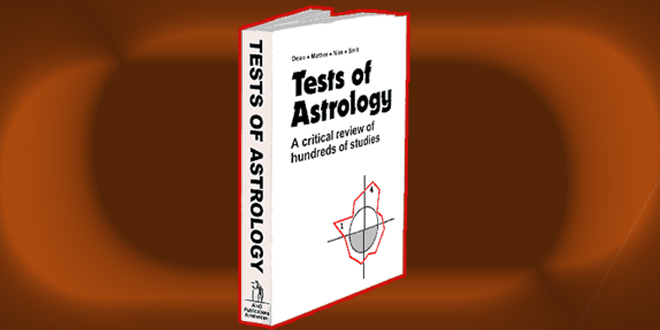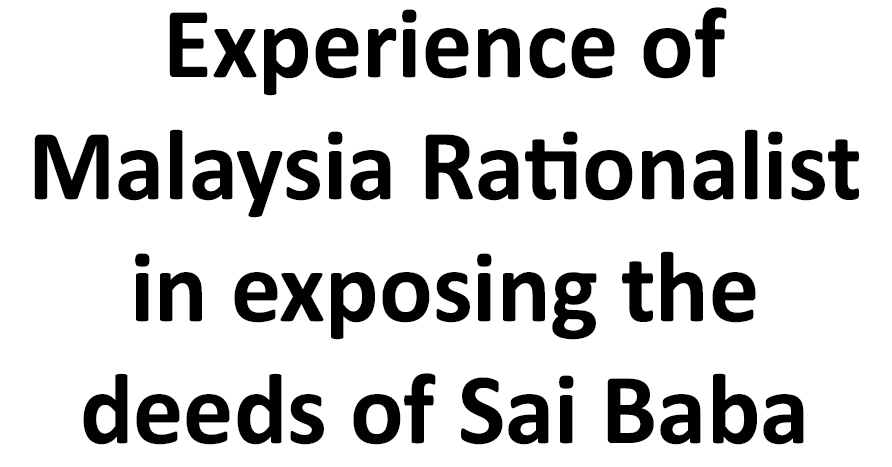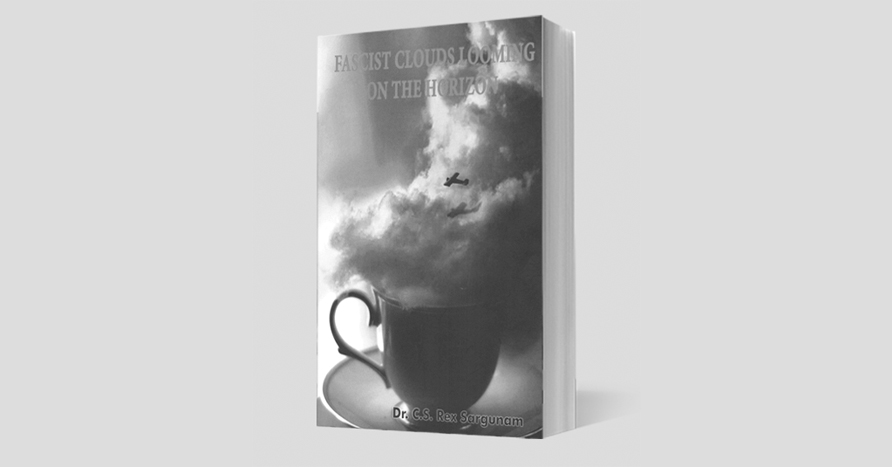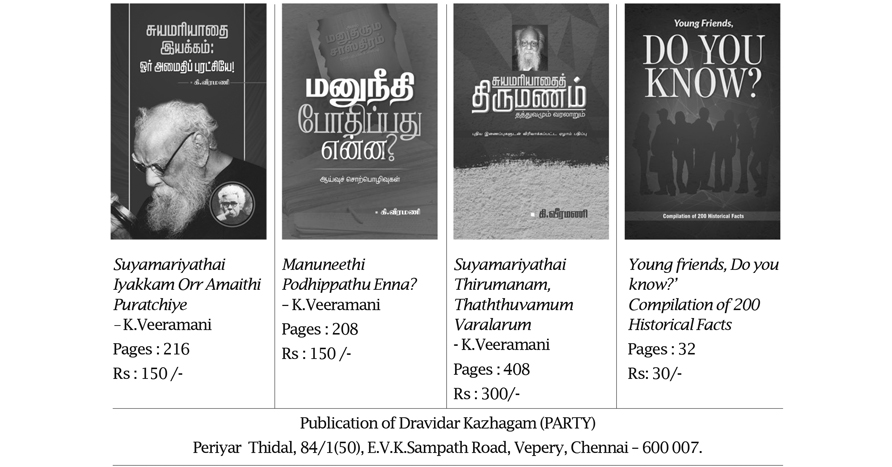Tests of Astrology : A Critical Review of Hundreds of Studies
By Geoffrey Dean, Arthur Mather, David Nias, and Rudolf Smit
Ain Publications, Amsterdam, 2016.
484 pages, 44 euros (about $47)
IVAN W. KELLY
Professor Emeritus of Educational Psychology and Special Education at the University of Saskatchewan, Saskatoon, Canada
Astrology can be a frustrating topic, roughly half of the world’s population believes in it; scientists and skeptics reject it; and astrologers disagree on fundamentals.
Perhaps the biggest challenge for investigators of astrology is actually finding empirical studies, only some of which (perhaps a third) can be accessed via academic databases. The rest are hard to find, which is where this important book, Tests of Astrology, comes in. It describes and evaluates hundreds of studies from books, journals, and PhD theses since the 1920s, which is when empirical testing was getting under way. Most are in English; the rest are in Dutch, French, German , or Spanish. It includes studies conducted in 2015, so the period spans nearly a century.
The compilers have impressive credentials for the critical evaluation of astrology. Geoffrey Dean (a CSI fellow) and Arthur Mather have organized many debates and prize competitions for research into astrology and were the senior compliers of Recent Advances in Natal Astrology, perhaps the most referenced critical work on astrology. David Nias was co-author with Hans Eysenck of Astrology: Science or Superstition?, a standard reference in academic studies. And in the Netherlands, Rudolf Smit runs www.astrology-and -science.com, recognized as the leading website for the scientific study of astrology. The default accusation that critics are ignorant of astrology does not apply because both Dean and Smit have been professional astrologers.
The book begins with a short introduction followed by preliminaries that set the context. Five personal stories from former astrologers describe how the results of tests made them change their minds about astrology. Contrary to what we might expect, some had reached top ranks within the astrological community.
Many astrologers claim astrology is based on ancient observations that became progressively refined over time. But a closer look reveals no support for this claim and uncovers a complexity that would have been impossible to observe and unravel. Event two centuries ago there was no feasible way of testing astrological claims. Suitable experimental designs were unknown, and chart calculations (which required an ephemeris and logarithms) could take a day or more for a comprehensive birth chart. Serious research was the undertaking of a lifetime.
The next section looks at the evolution of tests which were essentially arguments rather than empirical tests. Even in the 1950s, debate was frustrated by a lack of empirical information. But scientific methodology and technology have made great advances since then, culminating in personal computers that permanently removed the calculation barrier and helped open the floodgates to empirical testing. The results were not convincing, and by the 1990s the flood had started to decline. Today only one of the four research-oriented journals that began in the 1980s has survived.
The final section of the preliminary section documents views of astrology from various people-roughly thirty astrologers, twenty scientists, and fifteen philosophers. Scientists agree with philosophers that astrology fails tests of truth. And astrologers generally disagree among themselves about mostly everything (there is a long documented list). So controlled testing is long overdue. That said, the compilers are careful to note that “Astrological symbolism has been popular for a very long time. Might a focus on factual truth be missing the real appeal of astrology?” It’s a question they address later.
After this section come the tests proper, starting with an extended account of the research by Michel and Francoise Gauquelin, best known outside astrology for what has become known as the Mars effect, a weak but independently replicated tendency for eminent professionals to be born with a surplus of deficit of the relevant planet just past rising or just past culmination. The effect created tantalizing puzzles not only for science (no cheating, no obvious physical mechanism, no procedural flaws) but ironically also for astrology (only five planets seem to work, the favored positions are weak not strong). However, recent work described in depth shows that socio-psychological factors are able to explain the puzzles, but this awaits confirmation. If planetary effects do disappear when these factors are controlled, so will the puzzles. The Mars effect will no longer exist.
Then come the “hundreds of studies” noted in the book’s subtitle (314 pages). More than 300 studies are individually described, not as brief abstracts as one might expect but as English summaries with graphs and numerical results, plus critical comments where appropriate. For any one unaware of the sheer extent of empirical studies, this section will be an eye-opener as well as a huge labor-saver. The studies are grouped by date and category, such as events or personality, but are generally too diverse for this to be fully effective, so “be ready to use the indexes.”
Later the results are combined with dozens of collective studies to form overviews of almost every conceivable astrology-related topic, often with funnel plots of effect sizes and a meta-analysis. It is here that ancient ideas meet the best empirical scrutiny. The topics include sun signs (the most disconfirmed topic in astrology), the validity and reliability of astrologers’ judgments (both negligible), time twins and look-alikes (no detectable effects; look-alikes are not alike in birth charts or personality), horary astrology, financial astrology, geophysical and lunar effects, and a telling section on what happens when astrologers inadvertently use the wrong chart (nobody notices any difference). This section ends with twelve pages that bring together tests of mind-related factors such as intuition and spirit guides “claimed by some (but denied by others) to be relevant to chart reading.” The skeptics seem to be right.
“Astrological symbolism has been popular for a very long time. Might a focus on factual truth be missing the real appeal of astrology?”
Astrology books understandably never mention non-astrological factors that give astrology-like outcomes. The compilers call them hidden persuaders (aka cognitive biases) because people are generally unaware of them yet they can make the most invalid techniques seem amazingly true. For example, they explain why phrenological correspondences now known to be completely false were seen by generations of phrenologists as completely valid. A detailed account describes more than fifty artifacts, with extended examples that illustrate the Barnum effect, illusory correlation, cognitive dissonance, and confirmation bias. For skeptics, this section will be especially interesting.
Next there is a review of possible futures for astrology. Its use might be acceptable if seen as an appealing ice-breaker for conversation but not if accompanied by claims of knowledge.
The book ends with one-page summaries of the case for astrology (a great source of personal meaning) and of the case against (an equally great source of untruths), with a guide to forming a personal view (do you want meaning or truth?). As throughout the book, the compilers take no sides, leaving readers to make up their own minds. The outcomes “may or may not please astrologers, nor is it for us to say whether you should prefer meaning or truth, but the chips fall where they may”
The amount of information packed between two covers is impressive. It is said to have taken the four specialist compilers eight years to prepare, and that is without including the time spent retrieving from astrology collections around the world information that is not online and probably never will be. To aid retrieval, there is a glossary and manually compiled name, subject, and book indexes (4,000 entries). The book has a sewn binding that allows it to lie flat, an important feature for readers who expect to give it heavy use. Against this, I noticed that the book’s white cover tends to collect passing dirt. Also unfortunate is the lack of article titles in most of the in-text references even though online retrieval hardly needs them. Another drawback is the absence of a comprehensive list of references to augment the in-text citations. The publisher notes that a work of this size is unlikely to be totally free of error and invites readers to send in corrections. I noticed a few typos.
Some parts of the book require a good knowledge of astrology; otherwise, it should be an easy read. The writing style is clear and concise. There are said to be nearly 200 tables and nearly 600 visuals including over 200 graphs, but a clear typeface, frequent headings, and judicious use of typesize keeps the text interesting and easy on the eyes. The compilers tell us, “Our focus is not opinions or flapdoodle but tests where proper scientific standards can be maintained. The pursuit of nonsense stops right here.”
Tests of Astrology is a milestone in bringing together in one place details of tests that were previously impossibly scattered. It is essential reading for readers of SKEPTICAL INQUIRER interested in the results of empirical research into astrology (and not just the results chosen to prove a case) and for those who are debating astrologers or writing critiques of astrology. It also seems essential for professional astrologers who are questioning what they are doing for their paying clients. The truth is that many critiques of astrology are weak and uniformed. For that, this book is a timely corrective. The expression “belongs on every skeptics bookshelf” is overused but applies in this case. Buy a copy for your library as well as for yourself.
Courtesy : Skeptical Inqirer,
Vol : 41, No. 3







